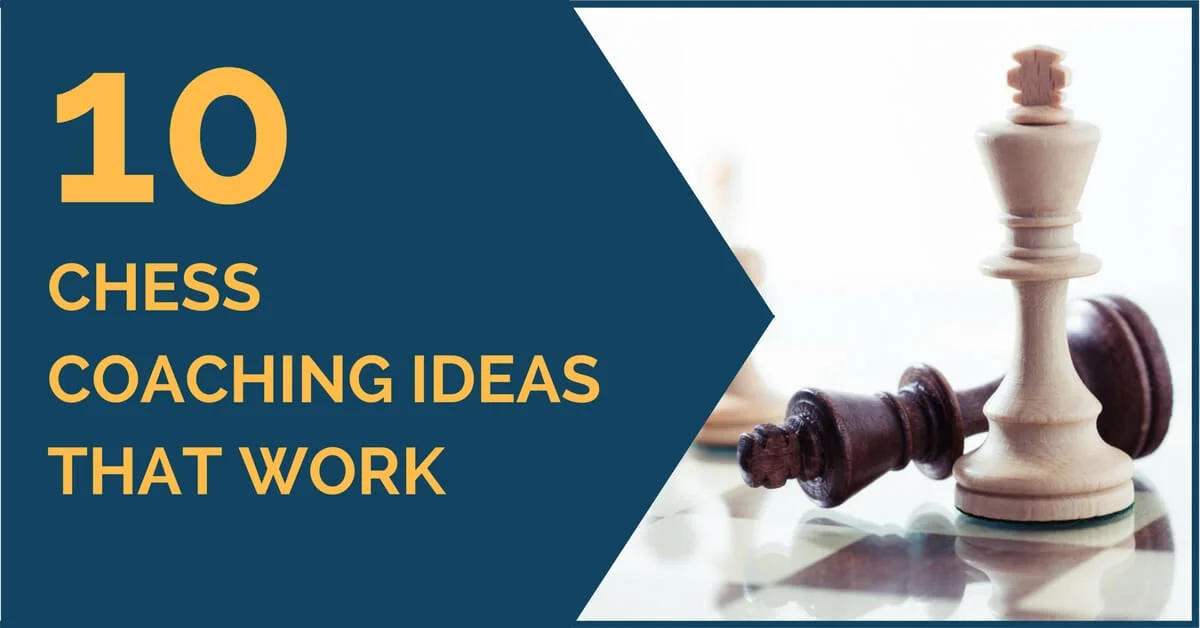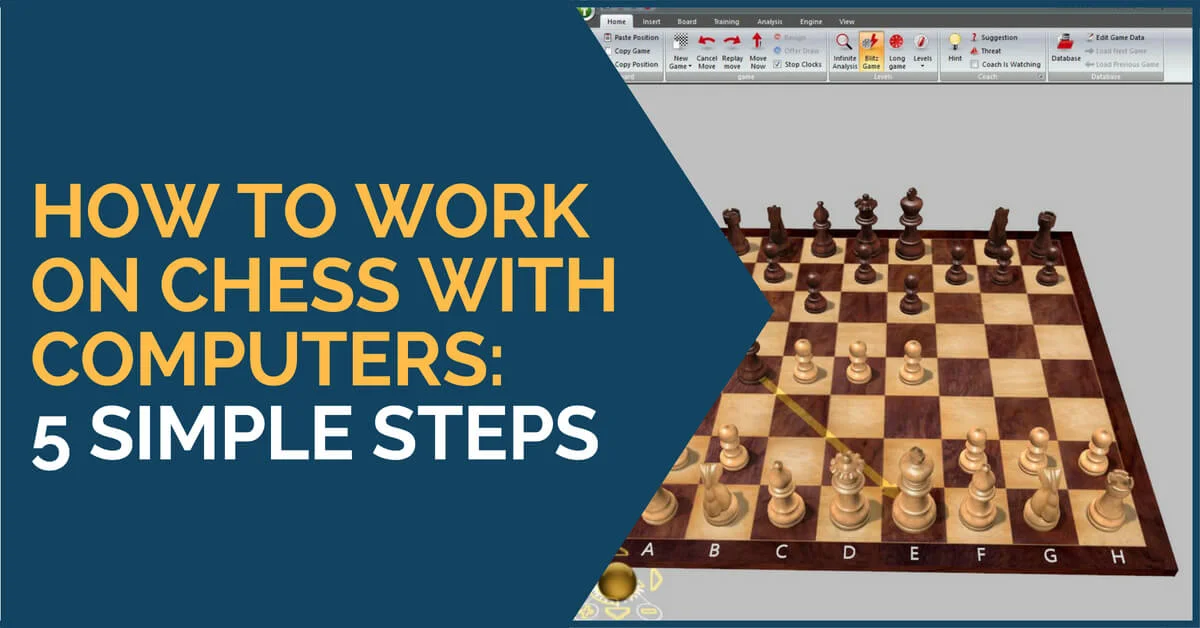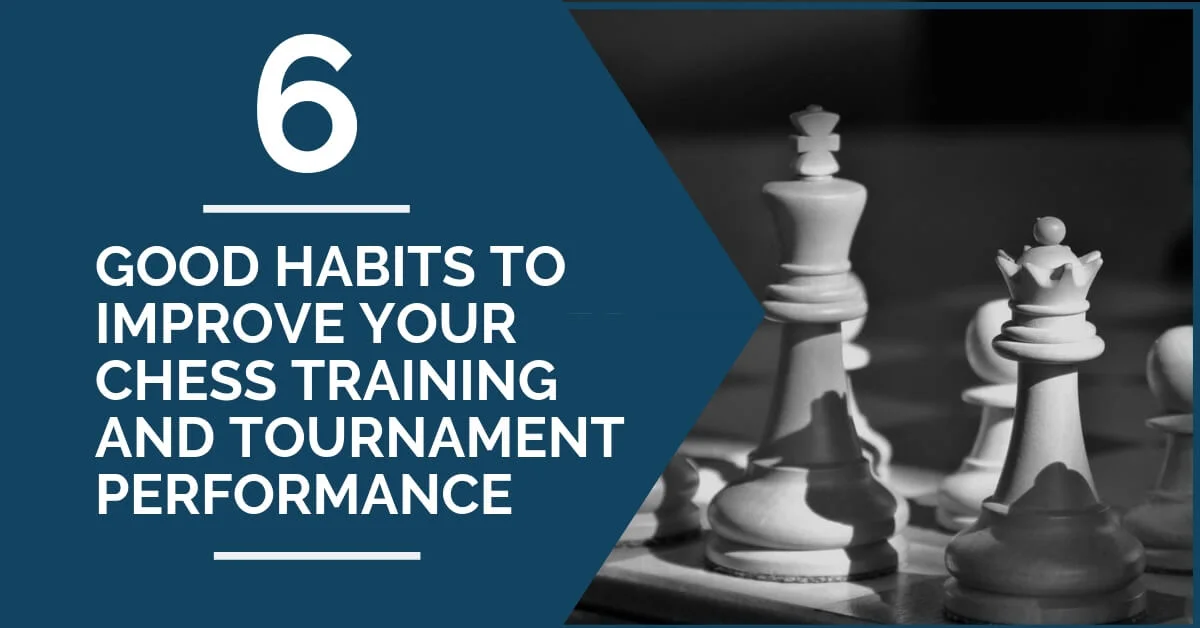10 Chess Coaching Ideas that Work

In my 15 years’ experience as a chess coach, I have always been learning about the best methods to improve the level of my students in the shortest possible time. Of course, I have been learning on the road; my own experience serves me well to understand things that are important to teach to an improving player. As an active chess player who combines tournaments and lessons, my main method has always been sharing every bit of knowledge I gain from my own games.
Of course, I also employ the works of the most well-known trainers in the world and they have taught me a lot and continue to do so.
To be a good coach not only you must give quality material, but also you must understand such material and question it because that’s what you expect from your students to do as well.
In this article I want to share 10 methods of coaching and training that work; at least they have worked for me in the past with my students.
1. Analysis of the student’s games in detail
Here I don’t only refer to using the engine, but it is very valuable to analyze the chess game with your student, understand what he saw here and there, where did he employ most of his time, where was the mistake and why etc. This has to be done, mandatory. When the games are well analyzed the student learns quickly from his own mistakes and does not repeat them.
2. Endgame play
One reason why group sessions are good is because you can set an active training that it’s both: fun and useful for practice. Once you explain certain endgame, it is very useful to have them play similar positions, for example, 2 bishops vs. bishop and knight with 5 pawns each.
Practice makes perfect.
In case of not being able to train in groups, then it is possible to do it by repetitions and a lot of analysis of the endgame. However, playing the endgames is a much better and faster way than just “reading” them.
3. The Model Games
In order to teach your pupil an opening, start with model games of the best players in this opening. For example, once I started to study the King’s Indian my coach and I went through every Kasparov’s game in the King’s Indian.
It was very important to know the ideas, the main patterns that constantly repeat and of course such games are a great source of inspiration! Students may forget a theoretical move or two at some point but the games, they usually remember.
4. Tactical Training
This is a fundamental part of any decent training. The best way to do it is by setting up positions and have your student solve them within a preset amount of time. Ask them to annotate the answers and only then check the solutions.
5. Study of the Classics
Make sure you introduce the classics to your students. Especially nowadays, when kids absorb knowledge so quickly, so many can tell by heart the lines in the Najdorf but have not seen any game by Fischer playing it, for example. In my opinion, a rich culture (knowing many classical matches) is essential.
6. Blitz games
Very often, before and after each training session I invite my pupil to a mini-match of the blitz, no more than 5 games. Especially if the training session will contain difficult exercises. Blitz is fun and it helps with motivation.
7. Playing specific positions
Again, when managing a group, find positions that are unclear and tell them to play it out with both colors against a partner. The positions are easy to find, they could be from analysis of famous game or games of your own. Find the critical moment and see if they can improve or match the best moves.
8. Blindfold Chess
Almost nobody does this, at least that I know of. However, I did it as a child quite often and have tried it with my students a few times. Play blitz games on a board without pieces and place the piece that you move on the board. For example, on move one, if white plays 1.e4 then there has to be only one pawn on the board. If black replies with e6 then there will be two pawns etc.
Not only is this fun, but it helps the player to sharpen his vision and imagination. Remember that when he is calculating variations during a game he can’t move the pieces; here he can’t see the pieces, at least not all of them.
9. Seeing many games
Believe it or not, going through lots and lots of games will improve your play even without you realizing it.
We learn to imitate everything, why can’t we imitate the good players?
It is important not only to analyze one’s games but also others’ and learn from them. The process could be even more fun because there are no feelings involved; it’s not about your student’s mistakes, but someone else’s.
10. Annotate your games
Ask your student to annotate his games, to do all the work by himself and then check it out and see what the quality of his analysis is. I have been able to correct many students with superficial thinking this way.
These are some of the coaching ideas I have employed through my career as a trainer. Some I like less, some more, but I have tried these and have seen it work successfully.
Feel free to submit your thoughts and questions regarding this fascinating subject!
Ready to start winning games? Check out our store:










Comments: